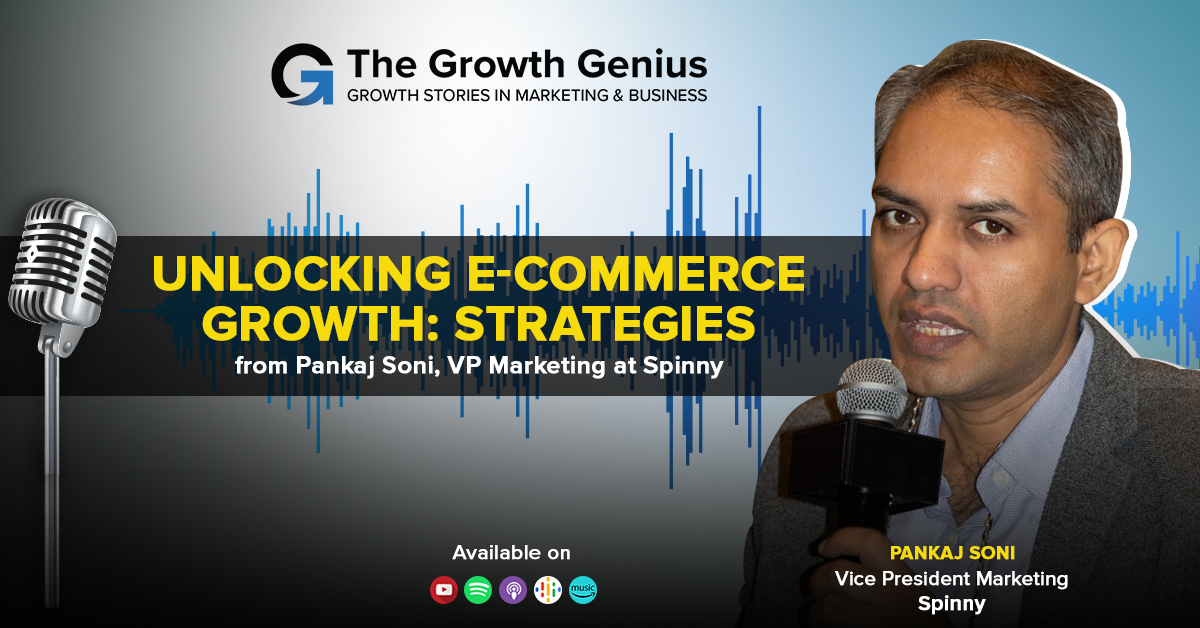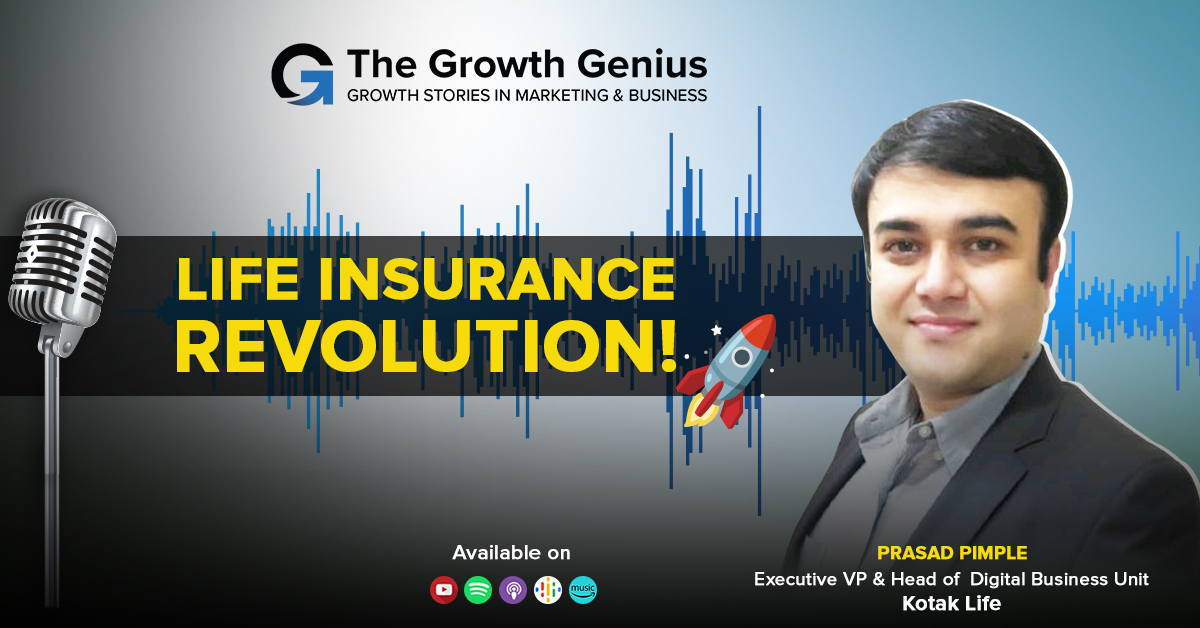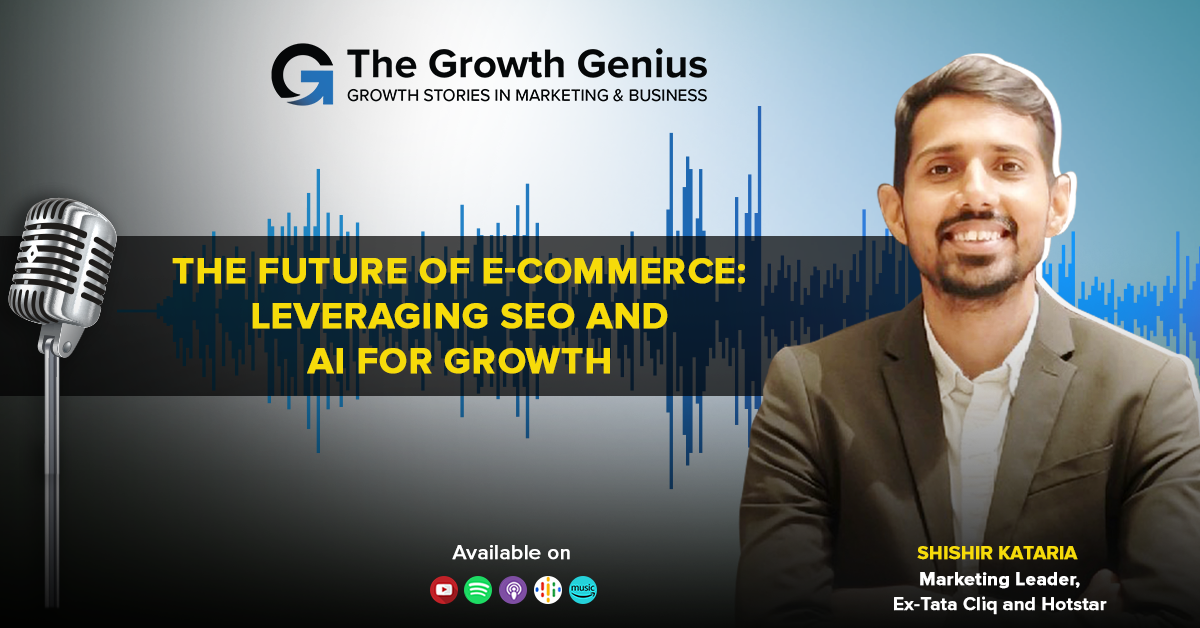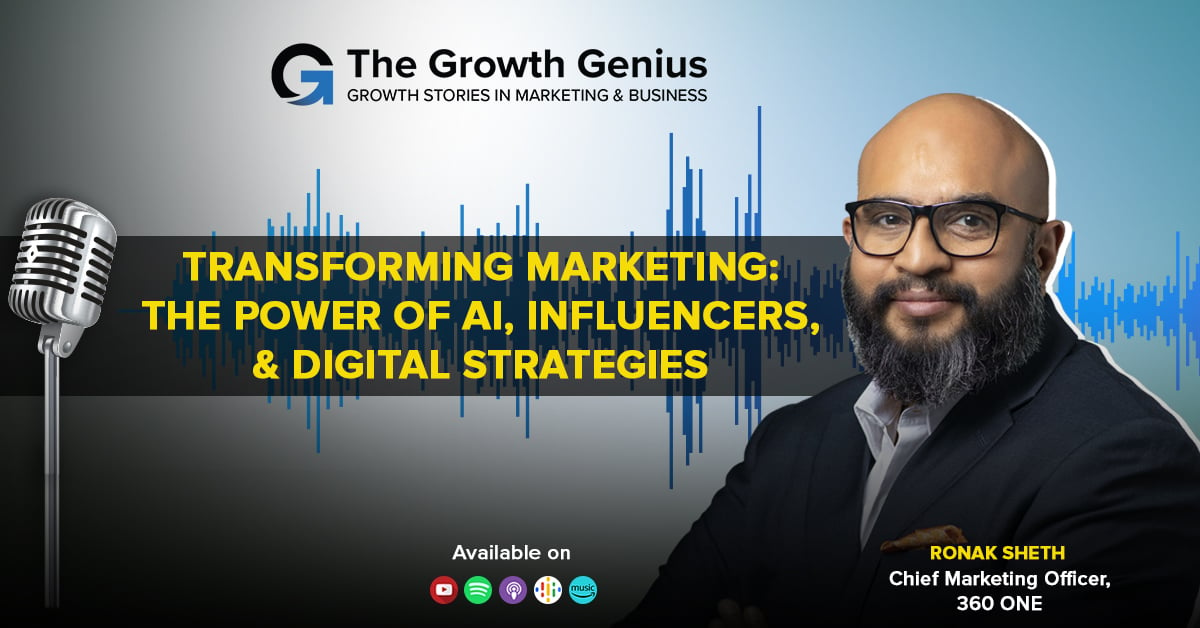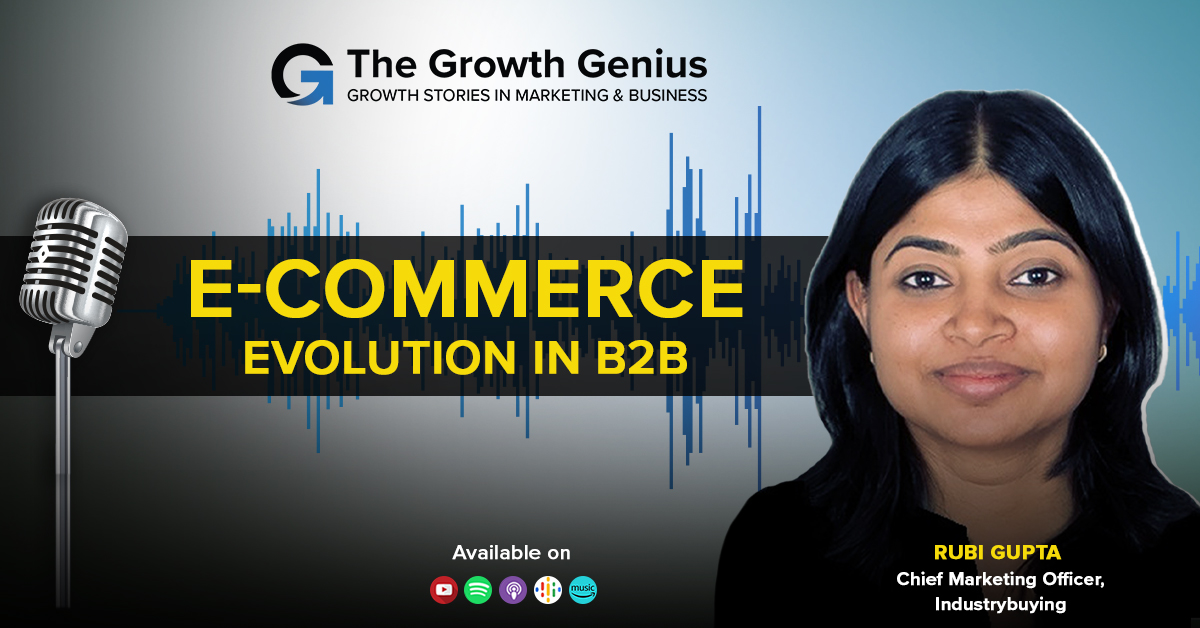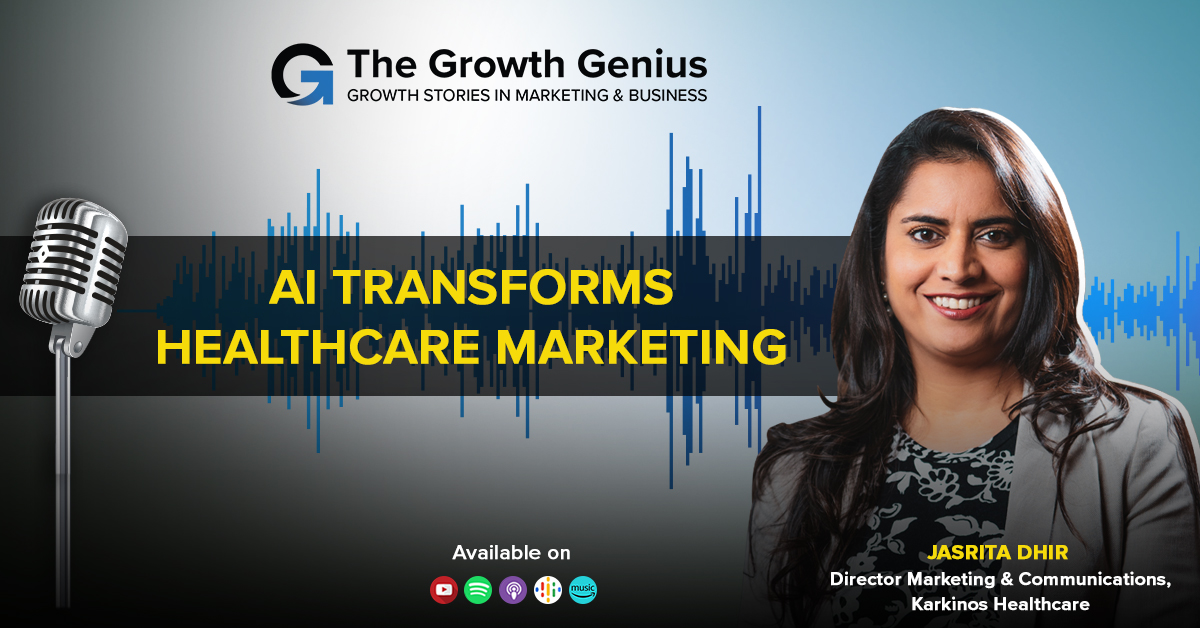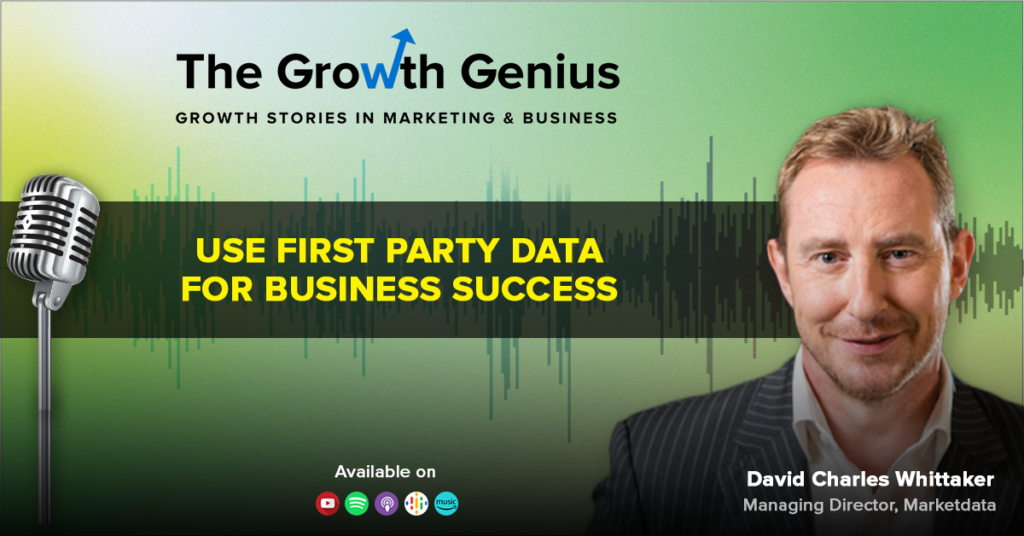Listen on your Podcast app
Summary
In this podcast episode, David Charles Whittaker discusses the importance of first-party data and how it can drive business success. First-party data refers to the information collected directly from customers or users, providing valuable insights into their preferences and behaviors. Whittaker emphasizes that leveraging this data can help businesses make informed decisions, personalize marketing strategies, and enhance customer experiences. By utilizing first-party data effectively, companies can improve their targeting, increase customer engagement, and ultimately drive business growth. Whittaker also highlights the significance of data privacy and the need for businesses to establish trust with their customers. Overall, harnessing first-party data is crucial for achieving business success in today’s digital landscape.
Key Take Aways
8 Key Takeaways for Digital Marketers from the Blog “First-Party Data: How It Benefits & Drives Business Success” by David Charles Whittaker:
- Importance of First-Party Data: First-party data is crucial for digital marketers as it provides accurate and reliable insights about customers, enabling personalized marketing strategies.
- Enhanced Customer Understanding: By analyzing first-party data, marketers can gain a deeper understanding of their target audience’s preferences, behaviors, and needs, allowing them to create more effective campaigns.
- Improved Customer Engagement: Leveraging first-party data helps marketers deliver personalized experiences, leading to increased customer engagement and loyalty.
- Better Ad Targeting: First-party data enables precise ad targeting, ensuring that marketing efforts reach the right audience, resulting in higher conversion rates and ROI.
- Data Privacy Compliance: Collecting and utilizing first-party data ensures compliance with data privacy regulations, as it involves obtaining consent directly from customers.
- Data Quality and Accuracy: First-party data is considered highly reliable and accurate, as it is collected directly from customers, reducing the risk of outdated or incorrect information.
- Competitive Advantage: Utilizing first-party data effectively gives digital marketers a competitive edge by enabling them to make data-driven decisions and stay ahead of the competition.
- Long-Term Customer Relationships: By leveraging first-party data, marketers can build long-term relationships with customers by delivering personalized experiences and relevant content, fostering loyalty and repeat business.
Read Transcript
David Charles Whittaker :- The companies with a strong first party data culture and practice were able to survive and grow much more efficiently. So in the past, companies used to plan long term media plans and then they used to sort of tweak them when needed. Today we’re seeing dedicated squads that are constantly testing, constantly learning, and constantly applying those learnings. I think with the increased move to D2C as well, this is bringing in new data streams that were not previously available and they’re able to get a much better view of these consumers
Shelly Singh:- Hello and welcome to The Growth Genius series, brought to you by DMAasia and Infidigit. My name is Shelly, and I’m the Country Director – of Americas at Infidigit. I’m also the Founder and Director at DMAasia. In this, The Growth Genius series, the world’s best marketers and business leaders are interviewed about the brands they have worked on, their successful campaign strategies, how they got noticed by their customers, and how they delivered better customer experiences to drive growth. In each episode, we want to share the big idea that inspires these marketers, the campaign trail they used to execute it, and how it all came together. I am delighted to have today David Charles Whittaker, Managing Director and Partner of Marketdata, the data-driven marketing company from the VML Y&R business of the WPP Group. David started his marketing journey at the Electrolux Group through some of the most known agencies, Wunderman, Ogilvy, and Rapp, and his own company, Marketdata, where he’s worked for almost 15 years. Now. He’s involved with data-driven projects in a number of markets, including Latin America, Europe, and Asia, and has spoken at data marketing events from Sydney to San Francisco, Buenos Aires to Mumbai, and San Sebastian to Rio. A very warm welcome, David.
David:- Thanks, Shelly. Great to see you, and a pleasure to be here with you.
Shelly:- Great. So you have an interesting path. Please tell us how your professional journey has developed.
David:- Thanks. Okay, as you mentioned, I coordinated marketing at three small companies within the Electrolux Constructor division. It was very business-to-business oriented and demanded a broad range of efforts with advertising, events, PR, and direct marketing, where I could implement a computerized customer database. Quite a new thing for our group in the pre-email world of 1990. So this system became the heart of the sales strategy, registering and guiding all the opportunities and leads throughout the right to repeat business, totally integrated with the salesforce.
Shelly:- Okay, and was this where you discovered your interest in data-driven marketing?
David:- So one of my management functions was to report the marketing and sales results at the quarterly meetings to the directors and the sales division, who are a very practical bunch, you can imagine, very sales focused. Of course, contrary to PR and advertising, when I discussed the direct and data initiatives, the tangible results obtained made my job a lot easier. Also, as the salesforce was integrated with the database strategy, the benefits were apparent to everybody. I finally discovered the X of accountability and first-party data. I found it so compelling I wanted to learn more. That’s why I enrolled in the post-graduation in direct marketing at the IDM based at the Imperial College in London, where I learned the theory and practice with some of the top practitioners of the time. And I also met my future wife, but that’s another story.
Shelly:- Wow, great! So where did this qualification lead you?
David:- Okay, I now had a good understanding and practical application of the subject, but my experience was limited to more than one specific vertical. So needing to expand my experience, I understood that an agency was how to gain broader knowledge. So anyway, in London, I contacted over 60 agencies and received two offers, and I chose the lower-paid role of the two, which was actually from Wunderman London.
Shelly:- Okay.
David:- It was a lower-paid role, but it allowed me to work with American Express, British Airways, and Hilton Hotels, three fantastic brands. And that enabled me to spend the next almost 25+ years working with many great companies, expanding their activities with first-party data and customer loyalty across several countries.
Shelly:- So you mentioned first-party data. Is that an important factor for companies today?
David:- Well, we’ve just surveyed a cross-section of companies and discovered some interesting indicators. The companies with a strong first-party data culture and practice were able to survive and grow much more efficiently than those who had yet to invest in this area during the COVID pandemic. In defending their best customers revenue stream, there was an almost 40% rise in these companies versus companies without a customer data focus and a 43% improvement in their ability to direct customers to their digital channels. We also heard that the first-party data companies were able to make faster decisions – 59%, and more able to understand the specific needs of their customers – 88%.
Shelly:- Wow!
David:- So you can see we’re looking at some vast improvements here. We also know that the restrictions on cookie use and the increasing importance of privacy rules are forcing companies that were never that serious about first-party data to bring it to the top of their priority list with a visible increase in marketing investment versus media-based initiatives.
Shelly:- That’s great! So what are some of the main benefits companies gain by investing in this area?
David:- So, the first main benefit is the ability to know and understand each customer as an individual and a segment, including their consumption habits, likes, and dislikes. Understanding each customer is a great foundation for anything you implement later, a great base for the other benefits. Secondly, applying the learnings from first-party data to an online media campaign allows us to be far more targeted than a general DMP-oriented approach. As a result, we’re seeing a lift of over five times in some principal campaign KPIs. And also, with the knowledge we glean, we can tailor products, services, and offers to each consumer with far greater relevance. And fourthly is the ability to create a trusted dialogue, or a connection, if you like, between a brand and a consumer. When we get to the stage of predictive analysis application using first-party data, we have an incredibly powerful advantage.
Shelly:- Wow. So please tell me more about this advantage and how it is so incredibly powerful.
David:- So, a lot of data work and dashboards are looking in the rearview mirror, monitoring and learning from past experiences. When we apply predictive analysis, we have a good idea of what will likely happen. A recent survey in the Harvard Business Review showed that of all the applications of statistics and artificial intelligence, the main application is for predictive analysis. That was 82%, almost three times higher than the second main use. When we apply predictive learning, we can see who will likely want to purchase what and when and communicate that specific product or service.
An example of this is in the auto industry, where we use these learnings to drive people to their next car and support them along the customer lifecycle with their post-sale-specific needs. Therefore, our communications are different from sales approaches. Instead, they are a valued service, helping the customers. With an increased emphasis on the customer journey, we can identify and deliver the next best experience along that journey, optimizing every customer and potential customer relevantly and vastly improving the conversion.
Shelly:- So, are there any challenges to using first-party data?
David:- Well, great question, Shelly, that’s a great question. Having a well-planned and organized strategy and data ecosystem is crucial. We still see companies that have bought a MarTech solution, hiring the cheapest possible supplier to hook up the data feeds, and then they wonder why the result differs from what the brochure made them expect. Just last week, we were talking to a prospective client team in both the Marketing and IT areas. The Marketing team thought the main issue was that the tech side needed consolidating and improving. The Tech team thought that all was working perfectly and all the market tech was flowing as it should be. It was interesting because the MarTech assistant asked a very innocent question. She asked, “so when I send an SMS communication, I’ve seen that the consumers receive six versions of this. Why is that happening?” We know that when we start our job with these companies, we often start with a false assessment and a gap analysis to understand and help companies uncover areas where they need to improve. Over the last few years, we also introduced privacy legislation in several countries, which everyone has taken on board. So that was a challenge, but that’s pretty much under control now. And then, obviously, there’s always the big challenge of data security. That is one of the most important things companies currently look at. Sure.
Shelly:- Okay, that’s very interesting. And can you share any one example of a recent marketing campaign you have done and one you admire done by someone else who has used first-party data and predictive analysis?
David:- Okay, wow, one campaign. So let me think. So when we’re doing projects involving the next best offer and next best experience, they’re always very satisfying. We have a very nice project with Volvo Trucks which is in partnership with their dealers as well, which we are running in four countries, which makes them make their post-sales process far more efficient if you like. So how it works, we analyze all the services needed during the following 30 days for each truck and everything that was needed during the previous 30 days. But we did everything that was done. So within that 60-day window, we call that their current potential. With mass personalization, our customers receive individualized communication based on their specific needs. A report is also accessed in real-time by the dealer’s sales team for them to have a coordinated approach with each customer. So this is fantastic. So you have the right communication going out at the right time with the specific parts and services that person needs during that particular month. And also the salesforce has the same information to follow up on that communication. So this has become a benchmark, if you like, for the truck industry. And it’s also really satisfying to see Volvo working so well in harmony with their dealers, which I know in many areas, particularly in the auto industry. Still, in many industries, it can be quite challenging for companies and their dealerships to work in close harmony. So that’s one that I’m very proud to have been involved with, and that’s been going on for almost twelve years now. That’s been growing and evolving to the stage it is at right now. So choose a case that I’ve seen recently that someone else has done. I’m involved as a judge for the Echo Awards, so we get to see some of the nicest examples of data-driven marketing. I liked a lot of this year’s cases. If I can break the rules, I liked a couple of cases quite a lot. I saw a very nice case for American Express for the Platinum Card. So I’ve always had a very soft spot for American Express because it was one of the first ever clients I worked with at my first-ever agency in London. And I had the opportunity to work across eight countries with American Express then. So they were doing a project I just saw for the Platinum Card. They analyzed their customers’ habits, if you like, based on their purchasing trail or purchasing habits, to understand a little about their hobbies and interests. And then what they did, they produced segmented perfumes based on those interests. For example, people who like outdoorsy things produced a perfume based on the essence, similar to the cut grass essence in this perfume. So each perfume was tailored to the sort of hobbies and interests that this person has, their lifestyle if you like. That was an amazing project. Not just to carry out the predictive analysis and understanding the people but to come up with the idea and produce a perfume tailored to that person’s style. So that was one thing I liked. There was another one I liked very much, which was, again, fascinating. It was a case for an auto company, and it impressed me. So when a driver suspects that they have a problem with their car, instead of taking it down to the service station or the auto shop or whatever to get an engineer, a mechanic, to look at it, they can record the sound of the engine on their iPhone. And then through machine learning, an app can identify potential problems the car has based on that sound. So I found that…
Shelly:- I want that app.
David:- I know it’s amazing. And if you think about it, it’s simple to listen to a few thousand noises and tie that into the problems the engineers find with those engines. And so, through AI or through linking sound recognition with AI, the company can often solve a customer’s problem much faster, much cheaper, and leave the customer much more satisfied. So that’s a project I’d love to have. I’d love to have been responsible for it. Someone else did it; who knows? I would like to have done that project. That’s how we judge the best project, isn’t it the ones that we are inspiring?
Shelly:- Inspiring? Because this is so that you can come up with more new ideas about a similar project. This brings me to my next question. What are some of the next year’s data-driven marketing trends for 2023?
David:- Oh, trends are always interesting. So I’m a practitioner, not a futurist. Here are a couple of trends: they’re not theoretical or philosophical, but they’re starting to be in high demand. They’re greatly enhancing customers’ results and disrupting the industry but in a good way. A little bit of disruption is always good. So firstly, one of the trends is test and learn strategies. So testing and learning the concept is familiar, but how it’s being done is new. And so we’re saying test and learn strategies coupled with mass personalisation driven by our current technology. That trend is disrupting the industry. So in the past, companies used to plan long-term media plans, and then they used to tweak them when needed. Today we’re seeing dedicated squads constantly testing, constantly learning, and constantly applying those learnings for performance media and across all the channels and brand efforts. So that’s a trend that’s going to shake up the industry, and it’s producing amazing results. The second trend, which is linked to the success of the first, is a new level of measurement. So in the past, companies have looked at the KPIs and full-funnel at the KPIs from last click, attribution analysis, different weightings, et cetera. But we’ve always based it on the click and going forwards from the click.
We’re looking at the impact not only on the usual KPIs but also the impact on the brand and the direction the communications could be taking a brand in the short and medium term. We’ve been looking at and introducing this to a few companies, causing a great amount of interest. We’ve been running tests on this throughout Latin America. We’re looking at doing some tests in the Asian and MENA markets and Middle Eastern- North African markets. Now with this, you can run a campaign and look at these KPIs and how it’s affecting your brand and people’s response to your brand this week. So this is a trend that’s going to be impactful. We’ve had mixed media modelling for many years, where we model the last two to three years of results. And so we’re not just looking in the rearview mirror with this; we’re looking quite a long way back and then can apply that to the future. We understand. But with this new methodology of modelling the KPIs and the brands in what we call near real-time, we’re looking at results that came in up to midnight yesterday on the actual brand health, if you like. So that’s something to look out for in 2023. I get very excited by this, but look out for the brand health tracker in 2023. It’s like the sort of health tracker we have. Where’s my health tracker? I’ve been charging it up. These little health trackers we have on our wrists. It’s for a company, for a brand health tracker.
Shelly:- Okay. Brand health tracker,
David:- Brand health tracker exactly. You heard it here first. Remember that. Well, we look forward to seeing the full implementation and to seeing the actual product. We will love to see it.
David:- Obviously, with the economic situation, most companies focus far more on their business efficiency. So, the trends we’re seeing coming to the fore are helping customers maximise their return on investment, and we will see that throughout 2023 and 2024.
Shelly:- So that was my, in fact, next question. With the world economy indicating difficult times ahead, what should CMOs prioritise based on their data?
David:- Wow, another great question. So I’d say, as we could say, with storm clouds gathering over the economy in several countries, I think one of the most important things is to identify who in your customer base is likely to cancel and approach them to start a customer retention process. We’ve seen several recent examples of companies that have grown very quickly, and they’re starting to have churn rates, which are startling as consumers are cutting back on many of the nicest, no, the nice to haves, if you like, at the moment. So to use a sailing term, which is a fairly recent passion of mine, when a storm is approaching, you batten down the hatches and ride through the bad weather. In simple business terms, we need to keep a hold of our clients, so don’t let them escape the competition. As I said, many horror stories in several industries have been about high churns. One of them was the sort of streaming media channels where we’ve heard incredible stories of customers churning at an alarming rate. So when we build churn models, which we can regularly apply to a customer base and update the model through machine learning when necessary, the chance of maintaining a client is greatly enhanced. So I advise all companies to make sure their churn models are up to date, and if they don’t have a Churn model, to prioritise this. In the good old days, we used to say it’s what, five times cheaper to keep a client than to win a new one, or five times more expensive to win a new client, etc. But who knows if it’s five or what the number is, but the principle is still there. You must hang on to your customers anytime, particularly during difficult times. So a good Churn analysis to understand where you should apply what sort of medicine is of utmost importance.
Shelly:- Yes, this is scary with dwindling customer loyalty. It’s really important to retain your customers. Which of the companies are doing very well and which are not doing very well?
David:- Okay, well, obviously, I would never disregard and mention any names, but I would say the finance industry, telecom, retail, etc. They’ve been among the strongest in this area, leveraging the abundance of transactional data they receive. Any company receiving ongoing transactional data of purchases, visits, etc. Has no excuse not to dominate in this area. But what we are seeing now is the traditional FMCG companies catching up fast. The increased move to D2C also brings in new data streams that were not previously available. They were able to get a much better view of these consumers and often map this against their other consumer profiles. So it’s a very exciting time for first-party data and a very exciting time for what in Europe we call FMCG, I think in the States called CPG companies. It’s a really exciting time for them and first-party data.
Shelly:- Wow, great. So you mentioned sailing. That was your passion, and that is your passion. Do you have any other after-hours passion that might contribute to your professional life?
David:- Wow. Yeah, I know we’ll get into after-hours passions, but as you mentioned, sailing’s a new passion. I’m in constant training and hope to learn more over the next few years. I qualify, but as they say, once you qualify is when you start the learning process. So that’s where I’m now. Another passion of mine that certainly helps in this area is my passion for investments. I was always keen on math and business. I not only enjoyed understanding investing in some long-term strategies but also that I enjoyed helping others along this path. This helps me apply marketing strategy for clients as I use their annual and quarterly reports to understand some of the company’s big challenges. So I think this is something that certainly adds a lot of value when you’re very comfortable with not only looking at marketing strategies but digging into the business if you like, and understanding some of the business strategies that the company has and also, of course, understanding some of their business KPIs and how we might contribute to that. So I set myself a target of dedicating time to learning for at least 1 hour daily. It’s not always easy, but I’m very tough with myself and make sure I spend at least 1 hour a day learning. It may not seem much, but the discipline is helpful and doesn’t restrict the subjects too much. I’m very happy to learn a lot about different broad subjects and dedicate time to that daily. Try and learn a little bit more.
Shelly:- That’s great, and I will return to you for your recommendations for my investment portfolio. Where can our viewers find you…
David:- I’m not qualified to make any recommendations, and I say I am not qualified.
Shelly:- So where can our viewers find and connect with you?
David:- Okay, great. So we have the site www.marketdata.com.br, or through LinkedIn, you know. Shelly, we are friends on LinkedIn. It’s easy to find me there. David Charles Whittaker and I’re there…Market data. So it would be a great pleasure to connect with many nice and interesting people.
Shelly:- Well, that’s great. So thank you so much, David, for taking our time for today’s session. Your talks have always been inspiring, and I still remember your presentation at the DMAasia’s Annual Conference and Awards in Mumbai almost nine years ago.
David:- Thank you so much. Well, it was a great pleasure to speak to you. Take care.
Shelly:- Great! If you have any follow-up questions for our viewers, please comment below; I would love your feedback, and if you haven’t subscribed to this channel, please SUBSCRIBE. I’ll see you soon in another session with another speaker. Till then, peace!

Popular Searches
How useful was this post?
0 / 5. 0











